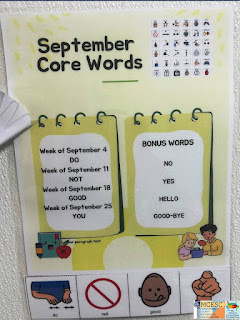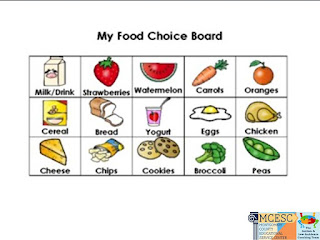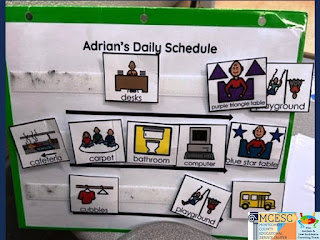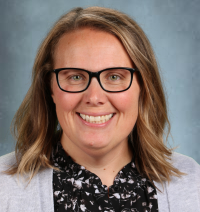Teaching core words is an important step in developing functional communication. When we go out into districts we see so many ways to model and facilitate the use of core words in natural ways. The adults should model the use of core words all the time in order for students to learn functional use of the words.
In today's Communication Corner we will highlight ideas for Modeling and Facilitating Core Words Across the Day.
Provide access to core words in the classroom with core word boards posted on the walls in key locations of the room.
 |
| Laura Windholtz Learning Center West, MCESC |
 |
| Lisa Turner Mad River ECC, Mad River |
 |
| Carla Bryant Miamisburg |
Directly teach new words and provide ample opportunities for practice.
 |
| Heather Clark Saville Elementary, Mad River |
 |
| Ann-Marie Small Driscoll Elementary, Centerville |
Provide access to core words on the go!
 |
| Laura Windholtz Learning Center West, MCESC |
Provide access to core words on the playground.
 |
| Jessica Wright Smith Elementary, Oakwood |
 |
| Jessica Wright Smith Elementary, Oakwood |
If a student is going to be using a communication device but does not always have access to it, print and laminate a copy of the core home page to provide easy access in the classroom and on the go. You can take a picture of the home page or find it online. This way the student can practice using the same pictures in the same locations as they will on their device.
Post reminders for the staff to model and
facilitate target words.
 |
| Laura Windholtz Learning Center West, MCESC |
 |
| Laura Windholtz Learning Center West, MCESC |
 |
| Laura Windholtz Learning Center West, MCESC |
 |
| Taylor Ruef Stevenson Elementary, Mad River |
 |
| Ann-Marie Small Driscoll Elementary, Centerville |
If you need to expand the core board or add fringe
words, consider creating a flipbook.
 |
 |
| Carla Bryant Miamisburg |
 |
| Carla Bryant Miamisburg |
You
can also add fringe words by posting choice boards in key locations of the
room.
 |
| Michelle Wade Northridge Elementary, Northridge |
If
you have a static display voice output device such as a Go Talk or Tech Speak
you can create a core page and have a section where you can insert different
fringe words as needed. This way the core words are always in the same
location. This Tech Speak overlay was created to practice core words during fun
interactive activities such as playing with blocks or blowing up and letting go
of a balloon.
How
do you model and practice functional use of core words in your classroom?










































